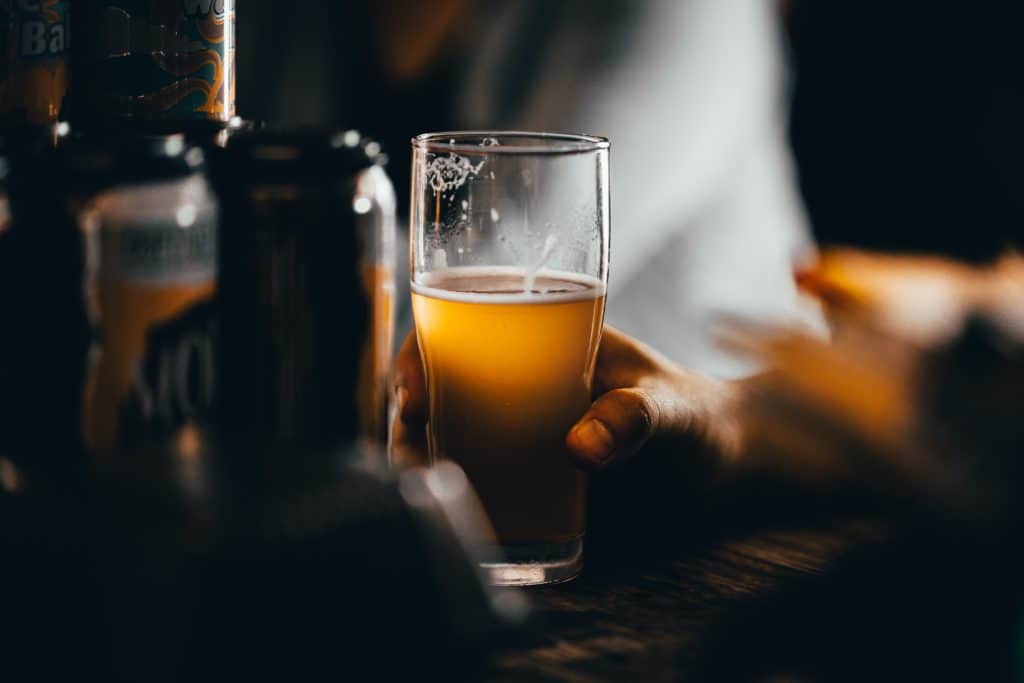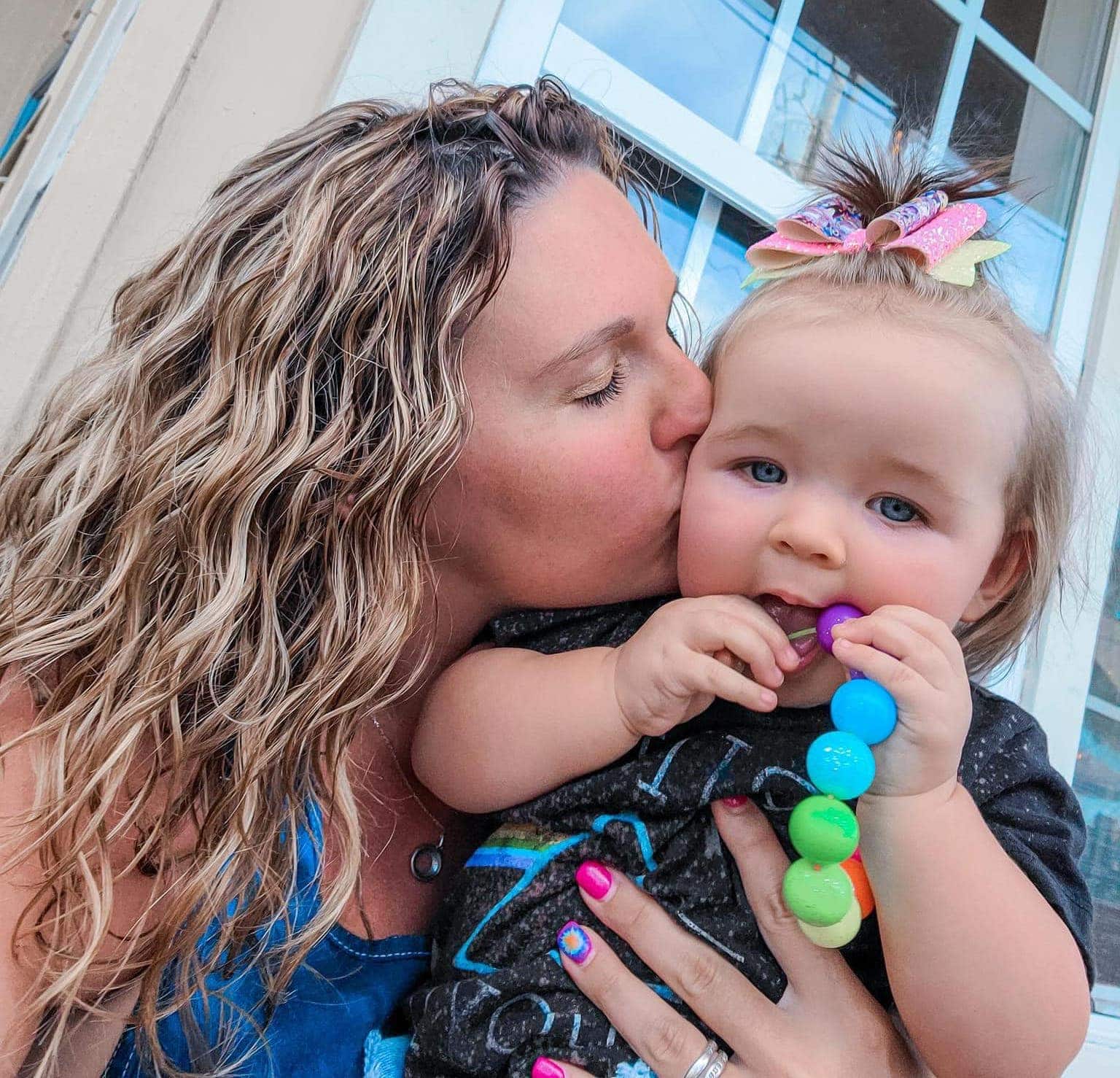Boozy Brunches… Happy Hour… Wine o’clock… After-work drinks… It’s 5 o’clock somewhere… Nighttime nightcaps…
Many people tend to find any excuse to drink during the week, and when excessive drinking becomes normalized among social circles, colleagues, parents and family, it’s not always easy to distinguish the problematic aspect of the habit. Although not an official medical diagnosis, ‘gray area drinking’ can be described as a space between two extreme behaviors: drinking within the realm between acceptable moderate drinking and a diagnosed alcohol use disorder. Those who drink within this area may use alcohol in emotional or excessive ways, which can lead to problems in terms of mental health, relationships and work. However, for the person drinking, it can be difficult to acknowledge and accept that these drinking patterns have had a negative impact on their daily lives. For example, if everyone around them is drinking the same amount or more, it may normalize or diminish the consequences of these actions. Others may feel that if they’re not having a drink first thing in the morning, their habits can’t be classified as problematic – after all, someone who drinks each morning is a stereotypical view of an alcoholic.
Many people in the realm of gray area drinking are unaware of the emotional or physical implications of their habits but may question their relationship with the intoxicant. During the pandemic, some turned to alcohol as a coping mechanism for the stress and anxiety of everyday life, increasing their drinking habits slowly but surely, but not recognizing the impact of these incremental increases. While people are often aware of the risks associated with alcohol dependence and/or addiction, they are often unaware of the risks involved in any type of increase in their consumption. Research shows that any sort of alcohol intake whatsoever can have harmful health effects, including an increased risk of alcohol poisoning, liver disease, heart disease and various types of cancer, as well as decreased brain function.
AmericanAddictionCenters.org conducted a survey of 3,704 people across the country aged 21 and over about their drinking habits to determine how many would be classified as ‘gray area drinkers.’ The survey uncovered that a significant percentage – nearly 1 in 4 (23%) – of Americans would be considered ‘gray area drinkers.’ This would be the approximate equivalent of 36,229,490 people who sometimes drink alcohol excessively or emotionally, despite not having a severe alcohol use disorder. Among men, this figure was 25% and for women, it was 21%.

The study also analyzed these results broken down by age and discovered that, overall, Americans aged 25 – 34 had the highest percentage of gray area drinkers with nearly one-third (32%) meeting the criteria. The second-highest percentage belonged to those aged 35 – 44, in which one-quarter (25%) of people would be classified as a gray area drinker according to their drinking habits. Drinking habits among young adults and college students are particularly notable in settings such as frat parties and other social gatherings where excessive consumption is normalized and oftentimes encouraged. Nearly one-quarter (24%) of those aged 18 – 24 would be classified as gray area drinkers. These figures decreased as the age groups increased in years:
Age 45 – 54: 21% are gray area drinkers
Age 55 – 64: 19% are gray area drinkers
Age 65+: 11% are gray area drinkers
These results were further analyzed across states, which discovered that the highest percentage of gray area drinkers in America reside in Alaska, where the habits of nearly half (44%) of drinkers may be defined as ‘gray area drinking.’ Comparatively, this figure was lowest in Rhode Island, where the number of gray area drinkers was found to be just 7 percent.
From these results, it’s possible to see that gray area drinking is a habit that is more common than one may think. It also appears that a significant number of drinkers question their relationship with drinking when it comes to experiencing shame or embarrassment about their consumption habits. When asked if they experience any of these guilt-associated feelings, 16% of drinkers said they do feel this way about their drinking habits. Even though so many drinkers admit to feeling this way, when it comes to gray area habits that are normalized, it might be difficult for individuals to take action to cut down on their intake. For example, if everyone in a certain social circle engages in similar consumption habits, and doesn’t address the negative implications, it reduces space for discussion about these feelings associated with shame or embarrassment. This could lead to some people struggling in silence with their relationship to drinking. Of course, speaking openly about such issues can benefit many people looking to seek help, but they aren’t sure where to begin.

The survey also asked people if they pay attention to official guidance on alcohol consumption when considering their own drinking habits. Interestingly, it seems many people don’t acknowledge these vital health guidelines as nearly half (47%) of respondents said they tend not to pay attention to them. The CDC says that a majority (90%) of those who drink excessively don’t actually meet the clinical criteria for severe alcohol use disorder, but simultaneously, these criteria are lower than many people realize. For women, these guidelines state anything over eight drinks per week as excessive drinking, and for men, anything over 15 drinks per week. However, even with these guidelines in place, it can be tricky to determine at what point an individual’s consumption has become problematic. Therefore, it’s not necessarily the number of drinks that classifies someone’s habits as problematic, but whether or not their alcohol intake causes issues in their day-to-day life. For this reason, gray area drinking can be a useful term in terms of helping people define their relationship with alcohol in a way they may have struggled to in the past.
When asked if they consider gray area drinking a problematic habit, however, more than one-third (36%) of people actually said they don’t view it as an issue. This could be a serious concern when it comes to the warning signs of gray area drinking, as some may not identify these as worrisome, thus, potentially leading to worse complications. With the boundaries of excessive drinking now blurred, it can become tricky to prevent problematic habits from worsening. If not addressed, gray area drinking can quickly lead to more serious problems, such as alcohol use disorder or the development of other dependencies.
AmericanAddictionCenters.org put together this infographic showing the full set of results from the study.
If you’re questioning your relationship with alcohol and are unable to determine whether the number of drinks you’re having is a clear indicator of a problem, the following symptoms can help identify the warning signs of gray area drinking:
Often drinking more alcohol than you initially intended:
Due to the addictive nature of the substance, those who are dependent might find it difficult to have just one or two drinks, leading them to have far more than they’d initially planned. This can lead to things like bad hangovers, an increased risk of alcohol poisoning and increased risk of developing an alcohol use disorder.
You question your own relationship with alcohol:
Perhaps you’re ashamed or guilty of the amount you drink or wonder whether those around you consume the same amount. Whatever it is, if you are questioning whether you have a dependency, it could be cause for concern.
Your drinking patterns don’t appear problematic to those around you, even though you might be questioning them:
In fact, you might even know people who drink more than you do, therefore justifying your own habits by comparison. On the outside, it may seem like your drinking patterns don’t have an impact on your daily life, but it could just be that those around are engaging in similar patterns and don’t view them as problematic either.
You’re unable to stop drinking and keep giving in when you try and cut down:
This can be a sign of a deeper-rooted and far more alarming issue that if not addressed or understood, it could lead to more severe alcohol use disorder.
Drinking every day and not being able to skip a day without alcohol:
This goes hand-in-hand with the above point. If you have a hard time cutting down on your intake, it could be a sign of a more serious dependency and lead to a significantly worse issue if not addressed correctly.






